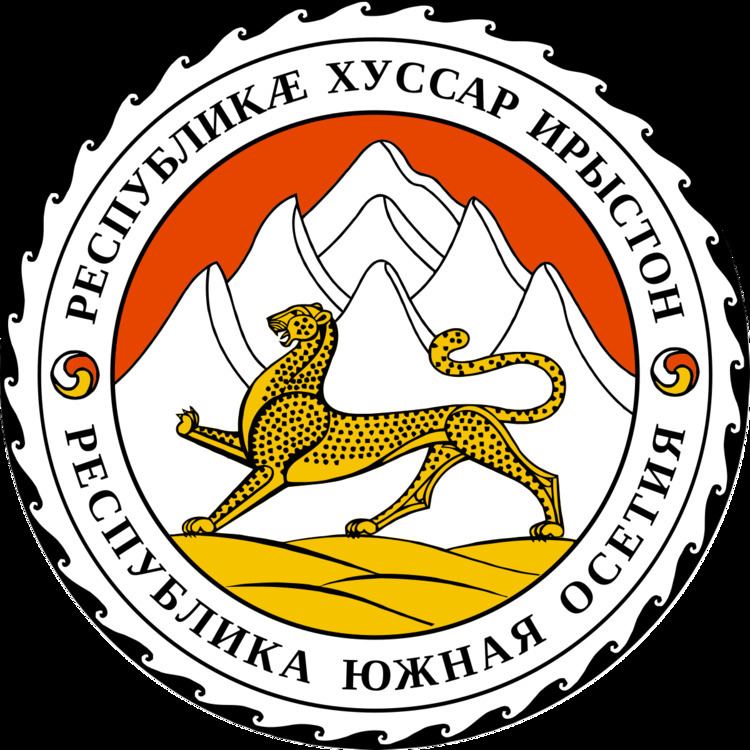 | ||
A parliamentary election in South Ossetia, a breakaway region of Georgia recognised as an independent state by Russia and Nicaragua, was held in June 2009. According to the preliminary results, the highest number of votes went to the ruling Unity Party. Two opposition parties were not permitted to run out of concern that they might not be loyal to Eduard Kokoity, the President of South Ossetia.
Contents
Under laws of Georgia, the elections were illegal.
The European Union, the United States, and NATO have issued statements saying these organisations consider the elections illegal, and have rejected their results.
Background
The Republic of South Ossetia has a population of about 70,000. It has had de facto independence from central Georgian rule since the 1991–1992 South Ossetia War. After the August 2008 South Ossetia war, Russia recognized the independence of South Ossetia, followed by Nicaragua. Other countries, including Georgia, consider South Ossetia part of Georgia's constitutional territory.
Campaign
Four parties were contesting for 34 seats in the Parliament of South Ossetia. According to the central election commission, 45,000 people were registered to vote on Sunday. This was the first South Ossetian election since the republic obtained its limited international recognition in 2008. The election was observed by over 70 observers from 10 countries, including representatives from Abkhazia, the Czech Republic, Germany, Italy, Kazakhstan, Kyrgyzstan, Moldova, Nagorno-Karabakh, Ukraine, Poland, and Russia. Among the observers were Vladimir Churov, the chairman of the Central Election Commission of Russia and Giulietto Chiesa, Italian MEP for Italy of Values, former member of the Italian Communist Party.
About 100 Russian and international reporters arrived in South Ossetia to cover the event. Voters were able to cast ballots at 95 polling stations, 88 in South Ossetia and 7 in Russia (6 of them opened in North Ossetia and 1 in Moscow). No other overseas polling stations were open.
Structure
The election was conducted using the party-list proportional representation system with a 7% election threshold. For South Ossetian authorities to consider the election valid, the voter turnout would have been at least 50% + 1 vote, and at least two parties would have acquired securing seats in the parliament. If these criteria hadn't been fulfilled, the South Ossetian legislation provided for a repeat election in four months.
Parties
The following parties participated in the election:
The Unity Party is the ruling party in the current parliament. According to Reuters, Unity, Communists, and the People's party support the current President Eduard Kokoity, while the Fatherland Socialist party opposes him. Two opposition parties were barred from running.
Election
As of 10:00 UTC, 59.88% of registered voters had cast their votes, crossing the electoral threshold of 50% plus one vote. The South Ossetian election commission has thus declared the elections valid.
Result
According to the preliminary results, the Unity Party has obtained the most votes with 46.38% of the vote, followed by People's Party with 22.58% and the Communists with 22.25%, thus securing 17, 9 and 8 parliament seats respectively, while the Fatherland Socialist Party fell just short of passing the 7% threshold with only 6.37%. The official results were expected by June 7.
According to the final results of the Parliamentary elections, the Unity Party won 17 places in the Parliament with 21 246 votes, People's Party won 9 places with 10 345 votes, and Communist Party won 8 mandates with 10 194 votes. [5] [6]
